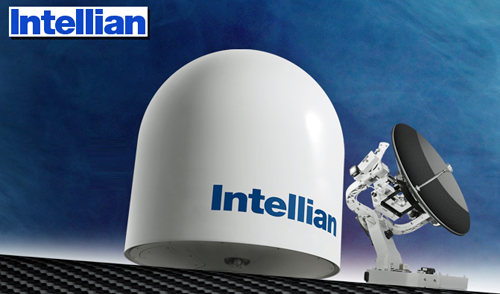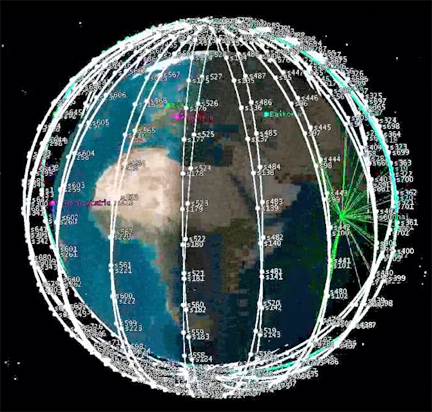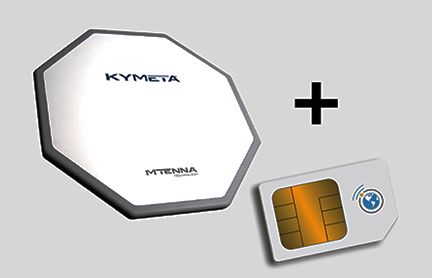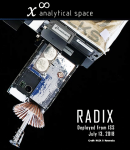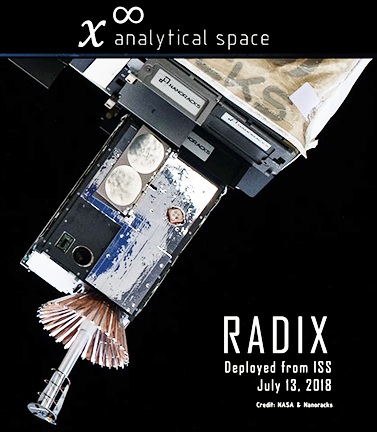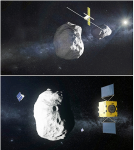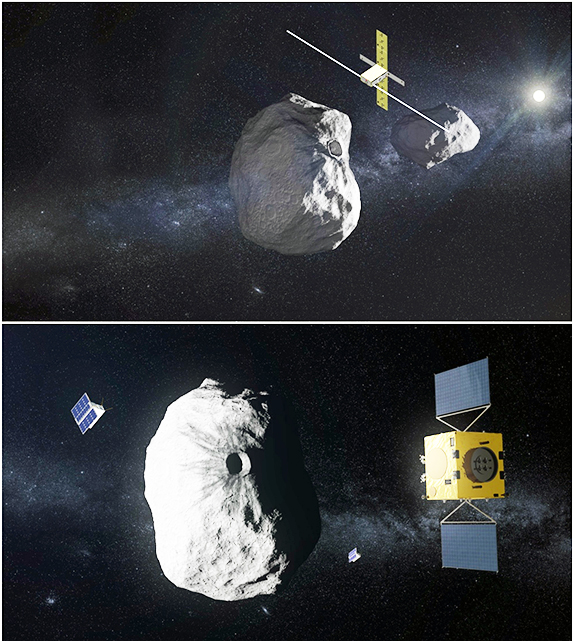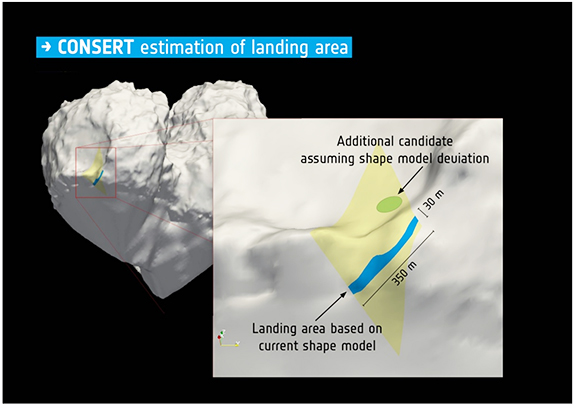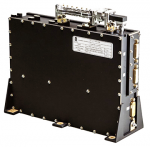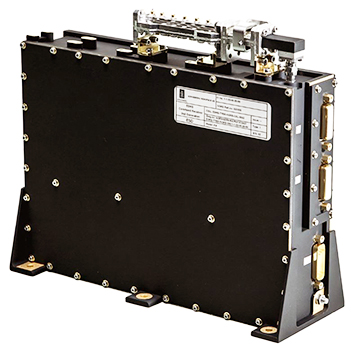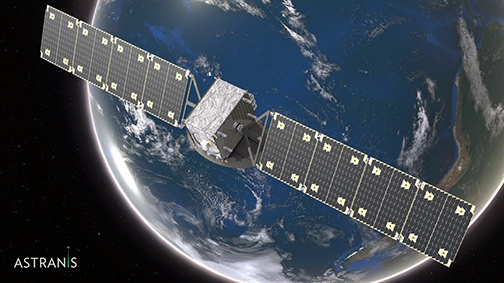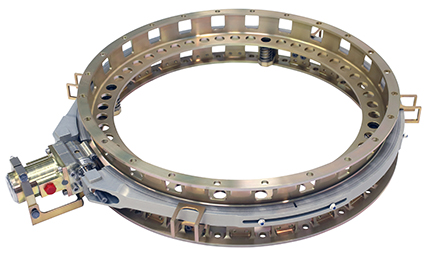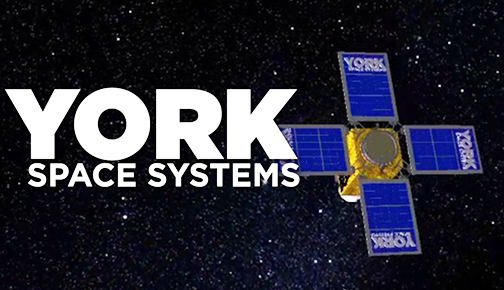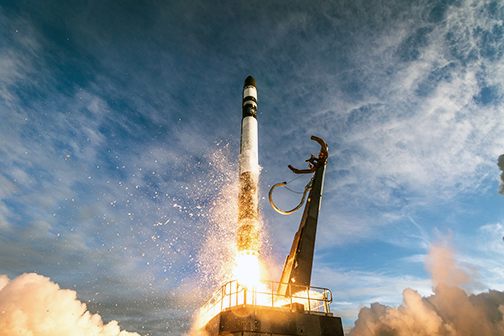LeoSat Enterprises has signed more than $2 billion in commercial agreements ahead of launching the constellation of LEO satellites. These pre-launch agreements signal strong demand for LeoSat’s business backbone in space across a wide range of fast-growing data and mobility sectors that include Enterprise, Telecoms, Government, Maritime, Healthcare and Finance.
With data volumes exploding, the increasing demand to move large quantities of data quickly and securely around the world is fast outpacing the infrastructure needed to carry it. LeoSat has developed a unique system architecture — a space-based MPLS network — providing Gigabits of secure connectivity with lower latencies than fiber, opening-up new possibilities for companies looking for scalable, flexible solutions for their expanding networks.
The firm’s most recent customer agreements include X2nSat (see information below), which selected LeoSat’s laser-enabled data network to support the ever-expanding needs of the healthcare industry, and FMC GlobalSat, which provides seamless onshore and offshore network access that will enable enormous productivity and efficiency improvements over legacy satellite infrastructures.
LeoSat was recently granted a license by the FCC to operate its network in the U.S. and also announced last year the first details in the development of its ground system through an agreement with Phasor Solutions, the developer of leading, enterprise-grade electronically-steered antenna (ESA) systems.
Mark Rigolle, CEO of LeoSat Enterprises, said that while the list of companies launching “build it and they will come” mega satellite constellations continues to grow, the company believes that these commercial agreements valued at more than $2 billion clearly demonstrate LeoSat’s unique solution is more than a vision. LeoSat is solving an essential business need that resonates with customers as well as attracted the firm backing of two leading satellite companies — SKY Perfect JSAT and Hispasat.
Additionally, X2nSat has selected LeoSat to support new infrastructure solutions for the ever-expanding needs of the healthcare industry.
X2nSat currently offers SatBlue, a proprietary line of voice and data communications solutions tailored for the healthcare industry (including data and internet redundancy, emergency response trailers and telemedicine capabilities), which allows hospitals and medical office buildings to customize communications solutions based on their existing infrastructure, and to expand when the need for additional capabilities arises.
Whether via telemedicine, video conferencing or transferring medical records via broadband, hospitals and medical facilities have unique needs when it comes to communications. Network reliability and scalability are key for both service continuity and disaster recovery plans. With healthcare, a back-up communications system not only keeps the business running, it can help save lives.
With data volumes exploding, the increasing demand to move large quantities of data quickly and securely around the world is fast outpacing the infrastructure needed to carry it. LeoSat has developed a unique system architecture — a space-based MPLS network — providing Gigabits of secure connectivity with lower latencies than fiber, opening-up new possibilities for Healthcare providers looking for scalable, flexible solutions for their expanding networks.

Garrett Hill, the CEO of X2nSat, said that technology is crucial to Healthcare. With cloud computing and Big Data becoming more and more prominent, healthcare providers are seeking a reliable, disaster-resistant backbone for effective healthcare IT management. Satellite is the missing puzzle piece for the delivery of reliable communication and data connectivity. LeoSat’s unique high throughput, low latency and highly secure data communications network will enable the company to offer new data and voice connectivity solutions and work closely with healthcare providers to create effective disaster preparedness plans. X2nSat’s Las Cruces, New Mexico, Satellite Gateway has been designed and optimized for high-throughput satellites and X2nSat is looking forward to collaborating with LeoSat on how best to deliver the latest generation of solutions to enterprise customers
As part of the agreement, Hill receives a designated seat on LeoSat’s Customer Technical Advisory Committee, an institution created to structure collaboration and exchange information surrounding the design, configuration, production, and launch of the LeoSat satellite constellation.
Michael Abad-Santos, SVP Americas, LeoSat added that satellite is often seen as a last resort for enterprise data communications. However, with capabilities beyond existing satellite and fiber, including transmission speeds of 5.2 gigabits per second and latency of 20 milliseconds, LeoSat’s infrastructure is what data communications has been waiting for — a game-changing service which realizes the synergies of both worlds to re-define connectivity in terms of capacity, latency, security, efficiency and coverage. Using the company’s unique backbone in space, LeoSat will be able to provide fast and ultra-secure point-to-point data connections to and from anywhere on Earth without the need for any terrestrial landings.
LeoSat is backed by leading satellite operators SKY Perfect JSAT and Hispasat, and the system is being developed in conjunction with Thales Alenia Space, a company with unmatched expertise in designing and manufacturing low earth orbit constellations. The HTS in the constellation will form a mesh network interconnected through laser links, creating an optical backbone in space which is about 1.5 times faster than terrestrial fiber backbones, thus creating a paradigm shift in the use of satellites for data connectivity — rather than a gap filler or last resort where no terrestrial alternative is available.

